Aztec
Origins and Early History
The Aztec civilization, also known as the Mexica culture, was a Mesoamerican culture that flourished in central Mexico in the post-classic period from 1300 to 1521. The Aztec civilization was incredibly complex with a rich and diverse history that is often overlooked due to the civilization's relatively short existence.
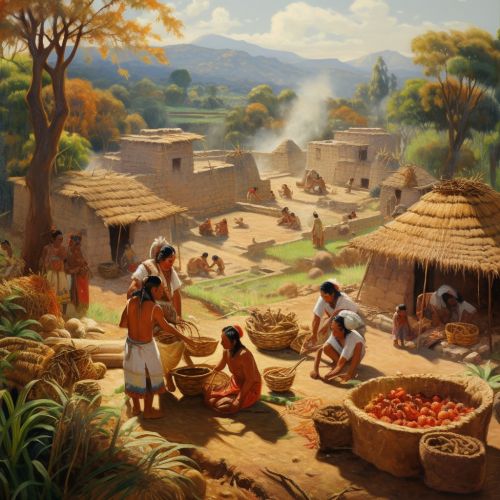

The Aztecs were originally a nomadic tribe in northern Mexico, who arrived in Mesoamerica around the beginning of the 13th century. The early Aztecs were hunters and gatherers, and they followed a religion that was heavily influenced by earlier Mesoamerican cultures. This religion, which would later play a significant role in Aztec society, was polytheistic and featured a complex pantheon of gods and goddesses.
Aztec Society and Culture
Aztec society was highly structured, with social and political hierarchies that were strictly adhered to. At the top of the social hierarchy was the emperor, or tlatoani, who held absolute power. Below the tlatoani were the nobles, priests, and military leaders, followed by the commoners and slaves.
The Aztecs had a highly developed and sophisticated culture, with a rich tradition of literature, art, and music. They were also known for their architectural and artistic achievements, including the construction of Tenochtitlan, a large and complex city on an island in Lake Texcoco.
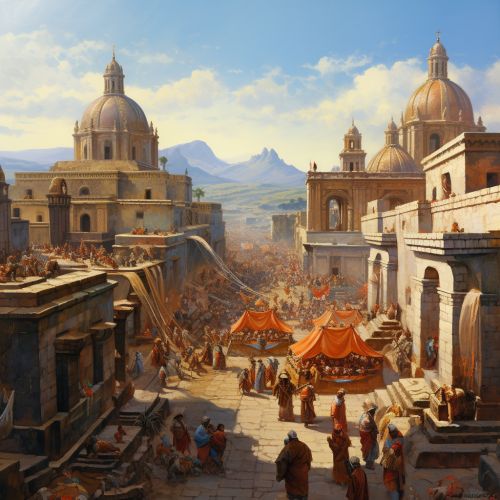
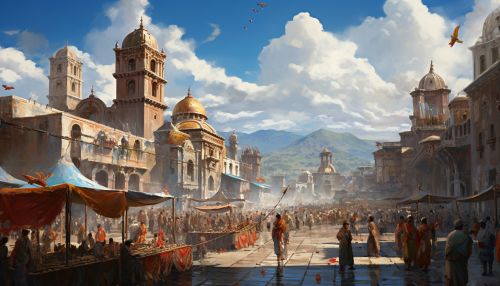
Aztec society was also characterized by its educational system. Education was considered a very important aspect of Aztec society, and there were two types of schools: the telpochcalli, for practical and military studies, and the calmecac, for advanced learning in writing, astronomy, statesmanship, theology, and other areas.
Religion and Mythology
Religion was a central part of Aztec life, and it played a crucial role in their society and culture. The Aztecs practiced a polytheistic religion, worshipping a multitude of gods and goddesses. The most important deity in the Aztec pantheon was Huitzilopochtli, the god of the sun and war.
The Aztecs believed in a complex and intricate cosmology in which the universe was divided into thirteen heavens and nine underworlds. Each of these realms was associated with a specific set of deities and religious rituals.
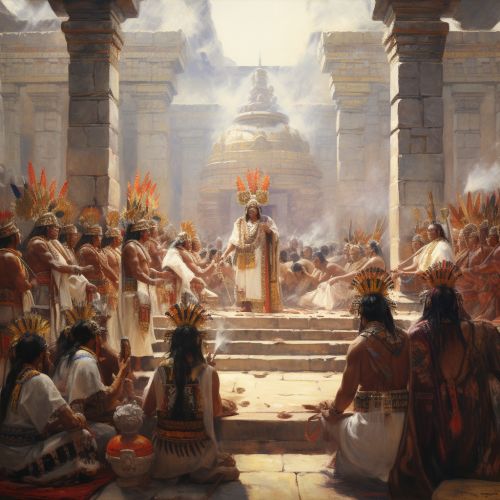
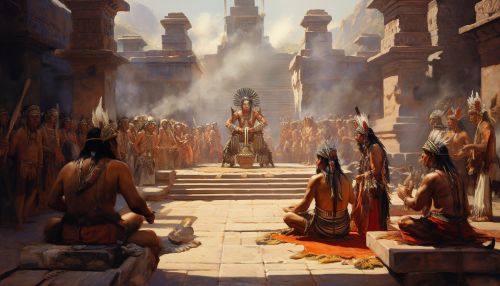
Human sacrifice was a fundamental part of Aztec religion. The Aztecs believed that the gods required nourishment in the form of human hearts and blood. As such, human sacrifice was seen as a necessary part of the cosmic order to ensure the continued existence of the universe.
The Spanish Conquest
The Aztec Empire came to an end in the 16th century when Spanish conquistadors, led by Hernán Cortés, arrived in Mexico. The Spanish were initially welcomed by the Aztecs, who believed that Cortés was the reincarnation of the god Quetzalcoatl.
However, relations between the Spanish and the Aztecs quickly deteriorated, leading to a series of battles and conflicts known as the Spanish conquest of the Aztec Empire. The conquest resulted in the fall of the Aztec Empire and the establishment of New Spain, a Spanish colony.
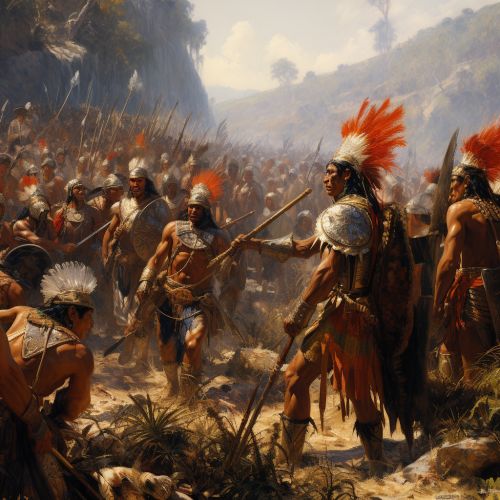
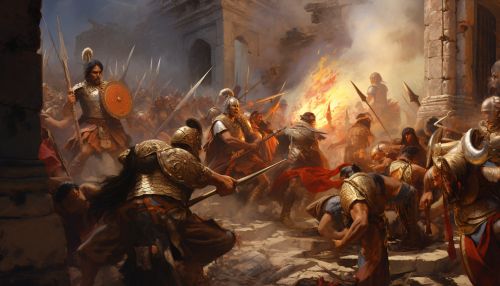
Legacy and Influence
Despite their relatively short existence, the Aztecs left a lasting legacy that continues to influence contemporary Mexican culture. Many aspects of Aztec culture, including their mythology, architectural styles, and artistic traditions, have been preserved and continue to be celebrated today.
The Aztecs also made significant contributions to the world's understanding of astronomy, mathematics, and agriculture. Their complex calendar system, intricate hieroglyphic writing, and innovative agricultural techniques are testament to their advanced understanding and knowledge.
